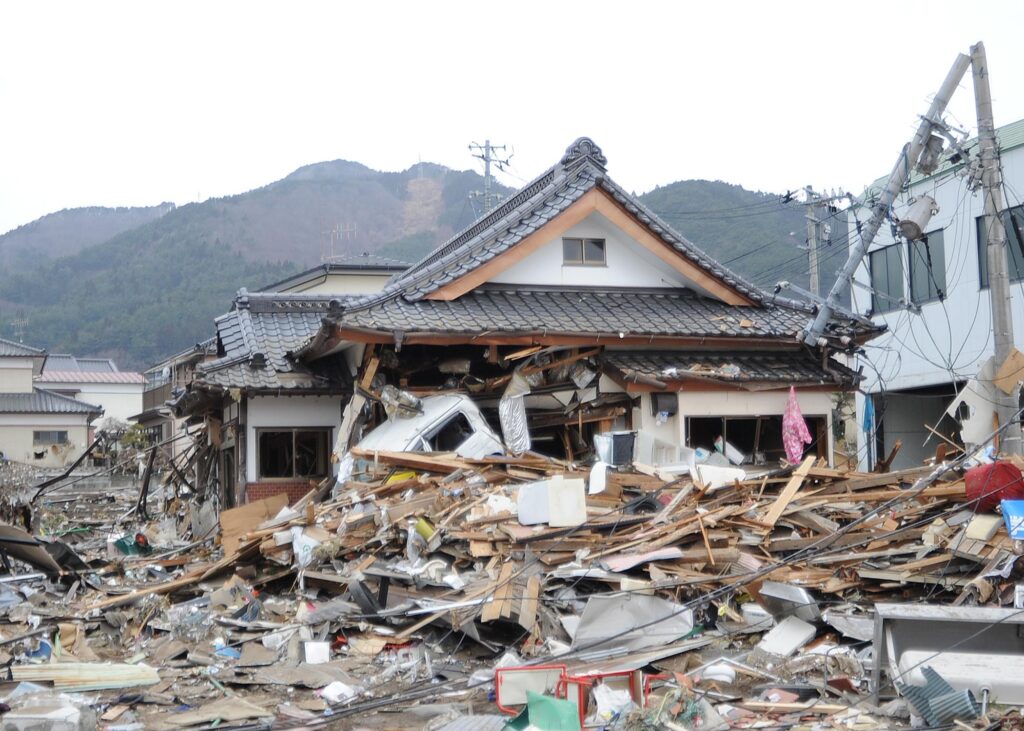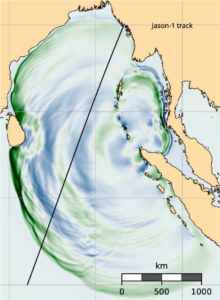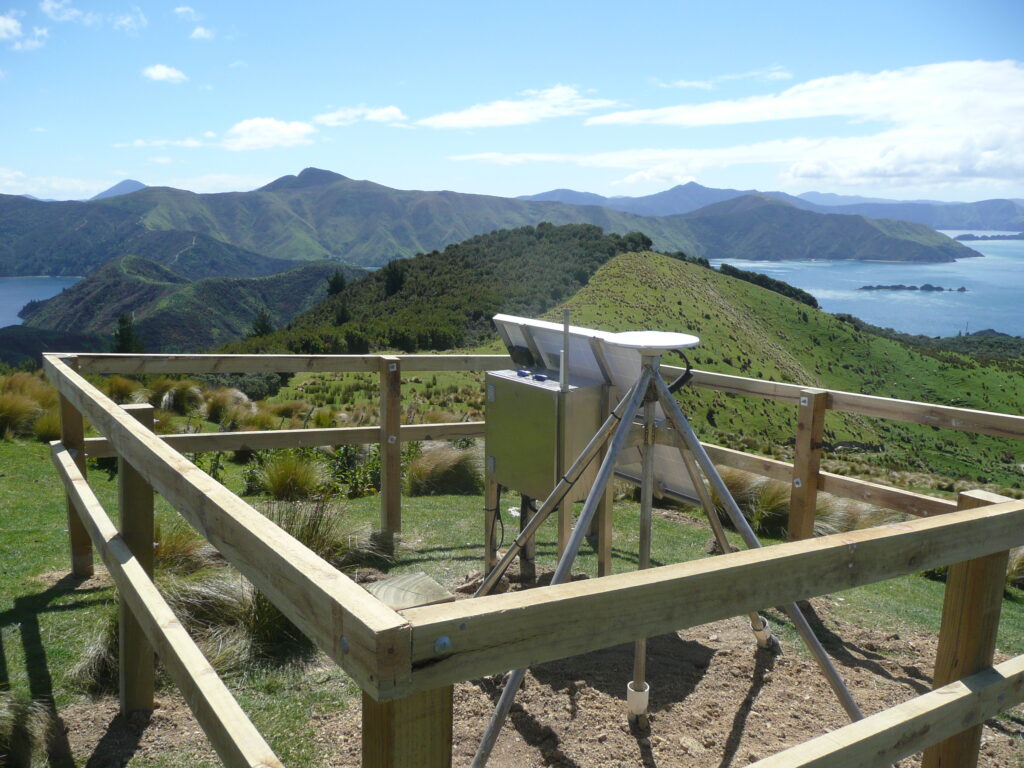
Earthquakes — like lightning — strike unpredictably. The Earth’s tectonic plates, however, hide subtle warnings that a major fault may soon break. Like forecasting a thunderstorm, knowing how to read the warnings could help communities protect lives, infrastructure and local economies.
For decades, scientists have struggled to reliably give forecasts for major earthquake hotspots, but now an international team of scientists led by The University of Texas at Austin has embarked on a new initiative to do just that.
“Physics-based forecasting is what we’re trying to achieve,” said project lead Thorsten Becker, a professor at UT’s Jackson School of Geosciences.
The five-year project, funded by the National Science Foundation (NSF), will develop new computing tools, software and instructional material focused on forecast modeling. The team will also train students, hold workshops and recruit new computational geoscientists by drawing on overlooked talent pools and reaching out to underserved communities.

The ultimate goal: computer models that can forecast the chances of an earthquake happening and its likely impact, similar to those used to predict the weather but on longer timescales.
“Reviewers and the NSF Frontier Research in the Earth Sciences program are genuinely excited about the potential of a physics-based model of megathrusts, and the prospect of predictive models,” said Dennis Geist, program director in the Division of Earth Sciences at the NSF.
Becker doesn’t expect to see earthquake “weather” forecasts within five years, but he believes the idea is now technically possible. The bulk of what remains is figuring out the physics governing earthquakes and their inherent uncertainties: key ingredients in the forecasting process.
“At UT we have the benefit of having great people already working on different parts of the problem,” he said. Becker is joined on the project by scientists at the Jackson School, its Institute for Geophysics, UT’s Oden Institute for Computational Engineering and Sciences, and supercomputers at the Texas Advanced Computing Center (TACC).
The UT scientists will team up with researchers at universities and national labs working on three of the world’s earthquake hotspots: the U.S. Pacific Northwest, New Zealand and Japan.
One of those researchers is project co-lead Alice Gabriel, an earthquake physicist at the Scripps Institution of Oceanography and LMU Munich, Germany. According to Gabriel, physics is key to solving the earthquake riddle.
“By taking a physics-based approach, we can hone in on the conditions that matter for the earthquake cycle and find optimal locations to place new sensors,” she said.
The sites selected are all subduction zones — places where tectonic plates meet. The differences between them will allow researchers to test their models and figure out what conditions to look for when deciding whether an earthquake is likely.
Subduction zones are important because they are the sites of the world’s most powerful earthquakes and can trigger dangerous tsunamis, such as the one following the 2004 Indian Ocean earthquake that killed almost a quarter of a million people in 14 countries.
They are a challenge to study, however, because they are usually situated offshore and driven by deep geologic forces that take hundreds to millions of years to unfold, at scales from fractions of an inch to thousands of miles. That’s why earthquake scientists turn to computers to simulate faults and their tectonic settings. The new project will look for gaps in the physics and figure out what needs to be measured to make the simulations more useful to forecasters.
“It’s a little bit like calculating the probability of a pandemic,” said Laura Wallace, a research scientist at the University of Texas Institute for Geophysics, who is based in New Zealand. “You can’t know when and where the next one will happen but you can look at factors that make it more likely and model how it might unfold.”

Simulating events in the natural world has great potential but requires understanding of both geoscience and computing, a combination that remains in short supply. That’s why a large portion of the project’s resources is assigned to training a new generation of students that will benefit not just the project but the geosciences as a whole.
To do that, Dana Thomas, a Jackson School outreach coordinator and one of the project’s co-leaders, is designing education programs to show students from other fields how their skills can be used to answer questions about the way the Earth works.
“Students shouldn’t think they need to put on a backpack to study our Earth,” Thomas said. “We can reach so many more potential computational geoscientists by drawing on talent from math, physics and other allied STEM fields, and reaching out to underserved communities.”
Thomas’s plans include a bridge program for incoming college freshmen, paid summer research opportunities for talented undergraduates at historically Black colleges and universities, such as Fort Valley State University, and a summer school with TACC that will train students to use Frontera, the world’s most powerful university-based supercomputer. The programs fit together in a freshman-to-grad-school pipeline: it’s a model Thomas hopes will be replicated up and down the country.
Collaborating institutions on the $2.8 million project are UT Austin, the University of California at San Diego, Indiana University, the Massachusetts Institute of Technology, ETH Zürich, Utrecht University, the Japan Agency for Marine-Earth Science and Technology, the Earthquake Research Institute at the University of Tokyo, NIED, and New Zealand’s GNS Science.
For more information, contact:
Constantino Panagopulos, University of Texas Institute for Geophysics, 512-574-7376
Anton Caputo, Jackson School of Geosciences, 210-602-2085
Monica Kortsha, Jackson School of Geosciences, 512-471-2241
Julia Sames, Department of Earth and Planetary Sciences, 210-415-9556.
